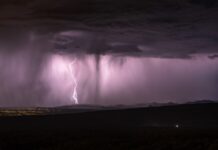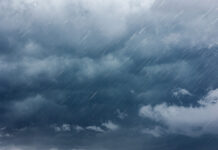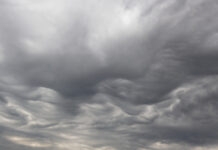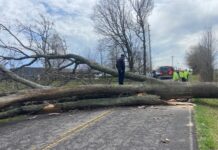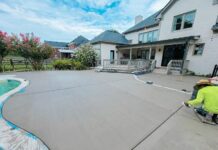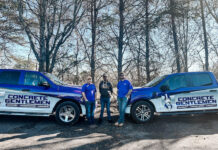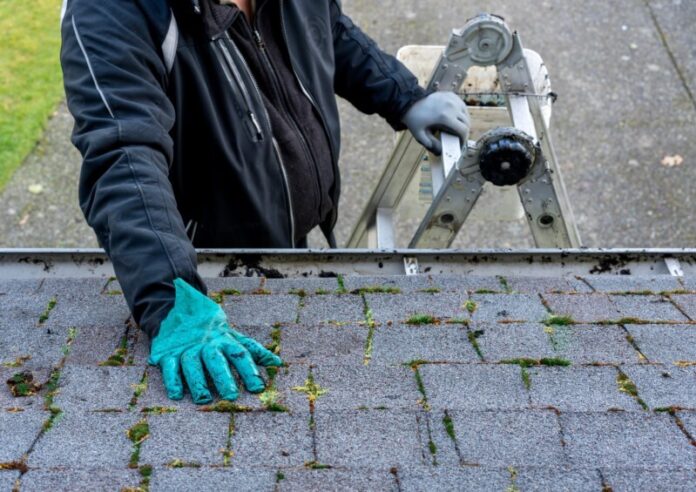No matter what we do to prepare for the worst weather, there’s always a chance for damage and serious issues with the exterior of your home, especially the roof. Let’s take a quick look at the steps you need to make sure your roof is in tip-top shape and ready for the next season.
What To Do After a Storm
Your best bet is, to begin with, a physical inspection of your roof. If this isn’t viable, consult a local roofing professional to gain their insight, and pay to have them inspect your roof. A lot of the larger issues you may encounter start small and a thorough inspection is the best way to mitigate these issues and keep your roof up to spec.
Types of Roof Storm Damage
The list of potential damage from the weather is extensive, but here are the most common types to keep in mind.
Debris
Depending on how severe the storm was, debris can end up on the top of your roof, everything from small branches to larger tree limbs. Large objects can dent or impact the surface of the shingle, leaving that area of the roof vulnerable to moisture intrusion, whereas lighter branches may not be as much of a problem.
Wind
Hurricane-force winds and even less powerful wind can cause visible damage to your home’s roof. These high winds can remove or tear shingles, leaving the underlayment, roof deck, or waterproofing material exposed to the elements. This can cause long-term damage and lead to more costly repairs down the road.
During less severe storms, sudden, sharp gusts of wind can lift and curl shingles. When shingles are installed, they’re purposefully overlapped to create a water-tight seal, and this lifting and curling can break the seal, potentially leaving your roof vulnerable to damage from wind-driven rain and other elements as the seasons wear on.
Hail
While hail storms tend to be on the shorter side, they’re also intense and the larger hailstones can leave dents or pockmarks in shingles. There’s also the risk of knocking shingle granules off. This may be problematic because these granules help protect your roof against rain and sun damage. Hail damage can also ruin the pleasing aesthetic appearance of your roof’s surface.
Standing Water
Roofs without proper drainage can lead to problems with standing water after big rainstorms, especially in uneven areas. Clogged gutters can also cause backed up rainwater under your shingles, which allows moisture to penetrate the underlayment or the roof deck.
The Roof Storm Damage Checklist
Refer to this roof storm damage checklist to help you better understand the type of damage your roof sustained and to evaluate whether you need a new roof or whether you’ll need repairs for some of it.
Schedule And Conduct A Roof Inspection
As always, safety is first. Contact a local professional roofing contractor to schedule an inspection and help you with damage assessment. Many contractors offer free inspections and will know what to look for when it comes to roof damage.
Roof
Visually assess your roof by walking around the perimeter of your house and taking note of any visible storm damage or other issues.
You might also have a good view of parts of your roof from one of your windows. Keep a list of notes and/or take pictures. This can potentially be helpful later for insurance purposes. Any visible signs of storm damage should be documented, such as dented, torn, curled, or missing shingles.
Gutters, Vents, and Windows
Check for dents on your home’s gutters and roofing accessories, such as gable vents and other overhangs. Windows should be inspected for cracks, broken glass, loose weather-stripping, and torn screens.
Outside Areas
Walk around your home’s exterior and look for fallen tree limbs, missing fence posts, or damage to lawn furniture and other decorations. Flat surfaces, such as patios and decks, can be checked for hail damage.
Attic and Ceilings
Observe these areas for leaks and water spots. While your home’s roof might appear undamaged on the exterior, wind, and hail can cause unseen leaks that may lead to bigger problems later. Ceilings, light fixtures, and your attic should all be inspected for water leaks and spots. Use a flashlight to see in dark areas.
Hire a Dependable, Trusted Roofing Contractor
It’s important to work with a contractor you can trust. Roofers and repair companies are likely to be busy after a large regional storm and may try to compete for your business by offering discounts or deals. If it sounds too good to be true, it probably is.
Roofing contractors can:
- Assess your damage with a professional eye
- Provide an estimate on repair costs
- Replace or repair your roof
With this checklist, you have the right start to checking your roof for damage and reducing the possibility of serious, costly repairs at a later time. Be sure to stay diligent and when the rough weather hits, check your roof or consult our roofing specialist at Roof Doctors to keep your roof in tip-top shape!
Roof Doctors LLC
1214 Dickerson Rd, Goodlettsville, TN 37072
(615) 448-6349
Have a question for Roof Doctors? Fill out the form below:

